The Looming Crisis: Can We Curb Fossil Fuels Before Climate Change is Irreversible?
Climate change has evolved from a distant concern to an imminent crisis. The overwhelming scientific consensus confirms that human activities, particularly our dependence on fossil fuels, are accelerating global warming at an alarming pace. This temperature rise is leading to disruptions in weather patterns, the melting of glaciers, and the rise of sea levels, posing a significant threat to ecosystems and human societies across the globe. The pressing question that looms before us is whether we can reduce our reliance on fossil fuels in time to prevent irreversible damage.
The Urgency of the Situation
The Intergovernmental Panel on Climate Change (IPCC), the leading international body for assessing climate change, has identified a critical threshold: a global temperature rise of 1.5°C above pre-industrial levels. Beyond this point, the risks of extreme weather events, rising sea levels, and mass extinctions increase dramatically [1].
Currently, the Earth’s temperature has already risen by 1°C. At the current rate of greenhouse gas emissions, primarily carbon dioxide from burning fossil fuels, we could breach the 1.5°C threshold as early as 2030 [1]. This leaves us with a narrow window of opportunity to act.
The good news is that experts think there’s still a chance to prevent climate change’s worst effects. But there needs to be an unprecedentedly quick shift away from fossil fuels and toward renewable energy sources like geothermal, wind, solar, and hydropower.
The Challenge of Fossil Fuels
Fossil fuels – coal, oil, and natural gas – have been the backbone of our modern industrial civilization. They provide the energy that powers our transportation, heats our homes, and fuels our industries. However, their continued use comes at a high cost – the cost of a changing climate.
Burning fossil fuels releases greenhouse gases, primarily carbon dioxide, into the atmosphere. These gases trap heat, causing the planet to warm. This warming disrupts natural climate patterns, leading to more extreme weather events like heatwaves, droughts, floods, and wildfires.
Beyond the immediate impacts, rising temperatures have long-term consequences. Melting glaciers contribute to sea-level rise, threatening coastal communities and ecosystems. Ocean acidification, caused by increased carbon dioxide absorption, harms marine life. These changes could displace millions of people, disrupt food production, and destabilize entire regions.
The economic costs of climate change are also staggering. Extreme weather events cause billions of dollars in damage each year. Rising sea levels threaten coastal infrastructure and property values. Climate change could lead to mass migrations and social unrest, further straining economies.
The Path Forward: Embracing Renewables
The transition from fossil fuels to renewable energy sources is the answer to the climate catastrophe. Solar, wind, geothermal, and hydropower are examples of renewable energy sources that have low greenhouse gas emissions and are naturally replenished.
The good news is that renewable energy is becoming increasingly affordable and efficient. The cost of solar and wind power has plummeted in recent years, making them competitive with fossil fuels worldwide. Technological advancements continue to improve the efficiency and scalability of renewable energy technologies.
Transitioning to a renewable energy future requires a multi-pronged approach. Governments must implement policies incentivizing renewable energy development and discourage fossil fuel use. This could include carbon pricing schemes, subsidies for renewable energy projects, and regulations that promote energy efficiency.
Investment in research and development is crucial to improving the efficiency and affordability of renewable energy technologies. Additionally, building a robust smart grid infrastructure is essential to integrating variable renewable energy sources like solar and wind into the electricity grid.
Obstacles and Opportunities
Transitioning away from fossil fuels is challenging. Powerful vested interests in the fossil fuel industry often resist change. Upfront costs associated with renewable energy infrastructure can be
high, although these costs are rapidly declining. Additionally, transitioning entire energy systems takes time and requires careful planning.
However, the challenges are manageable. The economic and environmental costs of inaction far outweigh the costs of transition. The transition to a renewable energy future also presents significant economic opportunities. The renewable energy sector is a rapidly growing job market, creating new opportunities for workers and businesses.
Furthermore, a clean energy future would improve public health. Air pollution from fossil fuels is a significant health problem, causing respiratory illnesses and heart disease. Transitioning to cleaner energy sources would significantly improve air quality, leading to a healthier population.
Individual and Collective Action
Transitioning to a renewable energy future requires collective action at all levels – governments, businesses, and individuals. Individuals can play a crucial role by making choices that reduce their carbon footprint. This could include using public transportation or riding bicycles, conserving energy at home, and supporting businesses committed to sustainability.
Public pressure on governments and businesses is also essential. By demanding action on climate change, individuals can help drive policy change and encourage businesses to invest in renewable energy solutions.
Social Movements and Public Engagement
Social movements focused on climate action are increasingly crucial in raising awareness and demanding change. Groups like Fridays for Future, Extinction Rebellion, and the Sunrise Movement have mobilized millions worldwide to demand climate action from governments and businesses.
These movements highlight the urgency of the climate crisis and the need for systemic change. They push for ambitious policy goals and hold leaders accountable for their actions. Public engagement with these movements and advocacy groups can amplify their message and increase pressure for change.
Technological Innovation and the Green Economy
Technological innovation is critical to accelerating the transition to a renewable energy future. Advancements in battery storage technology are crucial for integrating variable renewable energy sources like solar and wind into the grid. Additionally, research into new renewable energy technologies like geothermal and ocean energy holds great promise for a clean energy future.
Investing in a green economy creates new opportunities for businesses and workers.Solar panel installation, wind turbine manufacture, and energy efficiency retrofitting are among the industries that are creating new jobs as demand for renewable energy products and services rises. By offering financial incentives to companies that invest in environmentally friendly practices and technologies, governments may support the green economy.
The transition to a renewable energy future presents a significant economic opportunity. A clean energy economy can create millions of new jobs, boost economic growth, and enhance energy security by reducing reliance on fossil fuels.
Global Greenhouse Gas Emissions by Economic Sector (from the International Energy Agency [IEA])
Here’s a graph depicting the Global Greenhouse Gas Emissions by Economic Sector (from the International Energy Agency [IEA]):
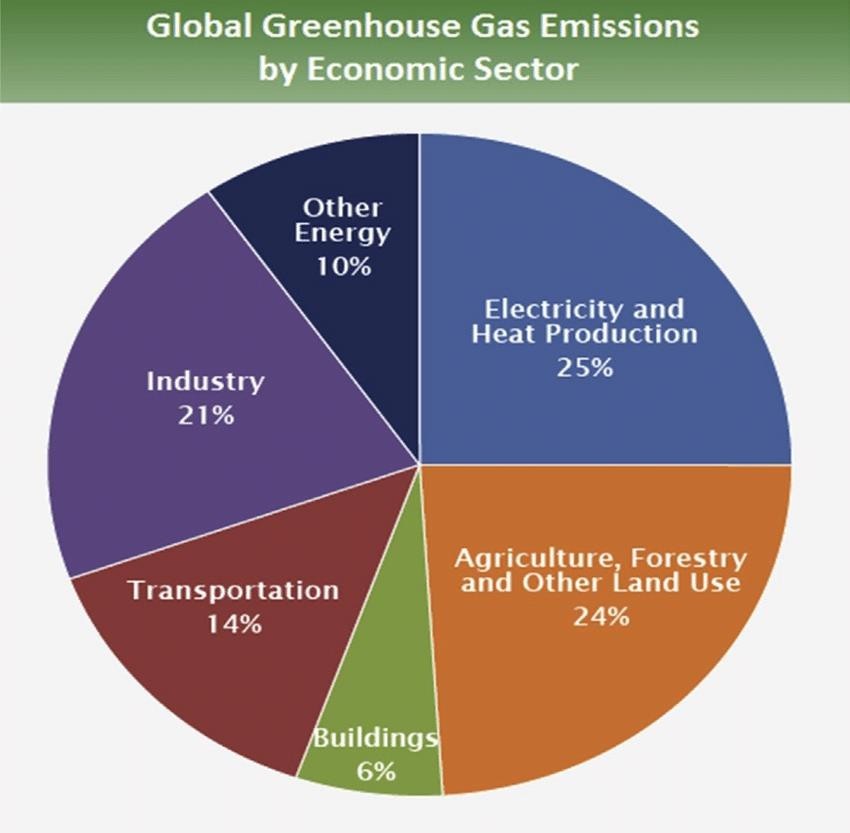
This graph shows that most greenhouse gas emissions come from the energy sector, highlighting the importance of transitioning to clean energy sources.
Another crucial data point is the decline in solar and wind power costs. According to the International Renewable Energy Agency (IRENA):
- The cost of utility-scale solar PV has fallen by 85% since 2010.
- Onshore wind power costs have decreased by 59% since 2010 [2].
This data demonstrates the rapid decline in the cost of renewable energy, making it increasingly competitive with fossil fuels.
Conclusion: A Race Against Time, But There’s Hope
The climate crisis is a complex and urgent challenge. However, it is manageable. We have the technology, the resources, and the knowledge to transition to a renewable energy future.
The key lies in taking decisive action now. Governments, businesses, and individuals all have a role to play. By working together, we can curb our dependence on fossil fuels, mitigate the worst impacts of climate change, and build a more sustainable future for future generations.
The future depends on our collective will to act. We are in a race against time, but there is still hope. By embracing renewable energy, investing in innovation, and demanding change, we can create a cleaner, healthier, and more prosperous future for all.
Citations:
- Intergovernmental Panel on Climate Change (IPCC). https://www.ipcc.ch/
- International Renewable Energy Agency (IRENA). https://www.irena.org/

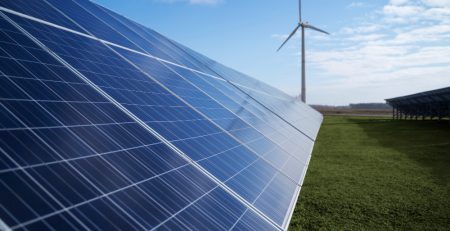

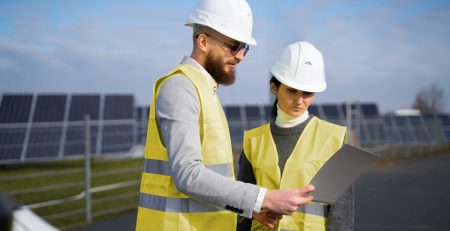
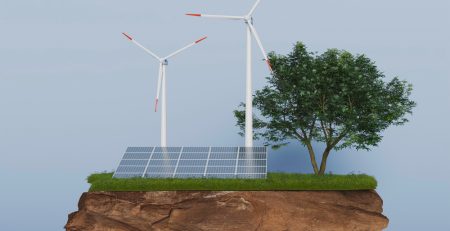
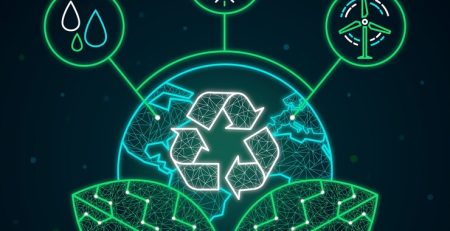
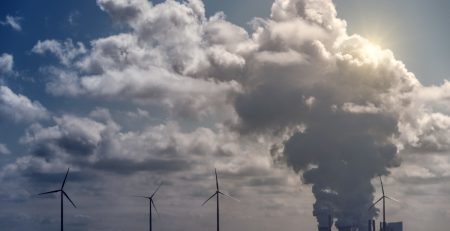
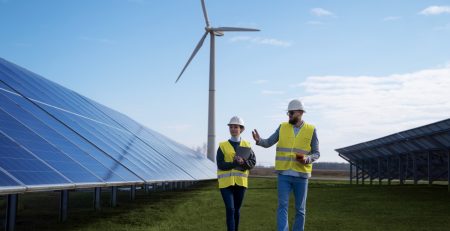

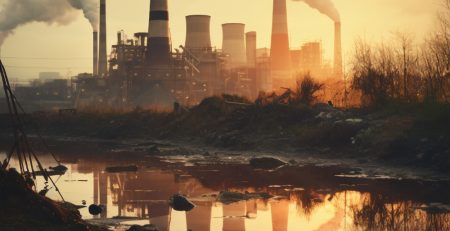
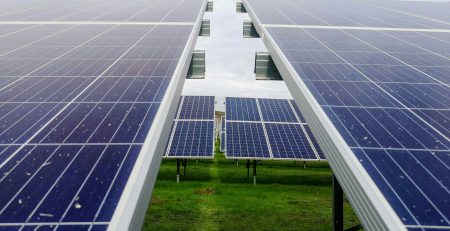
Leave a Reply